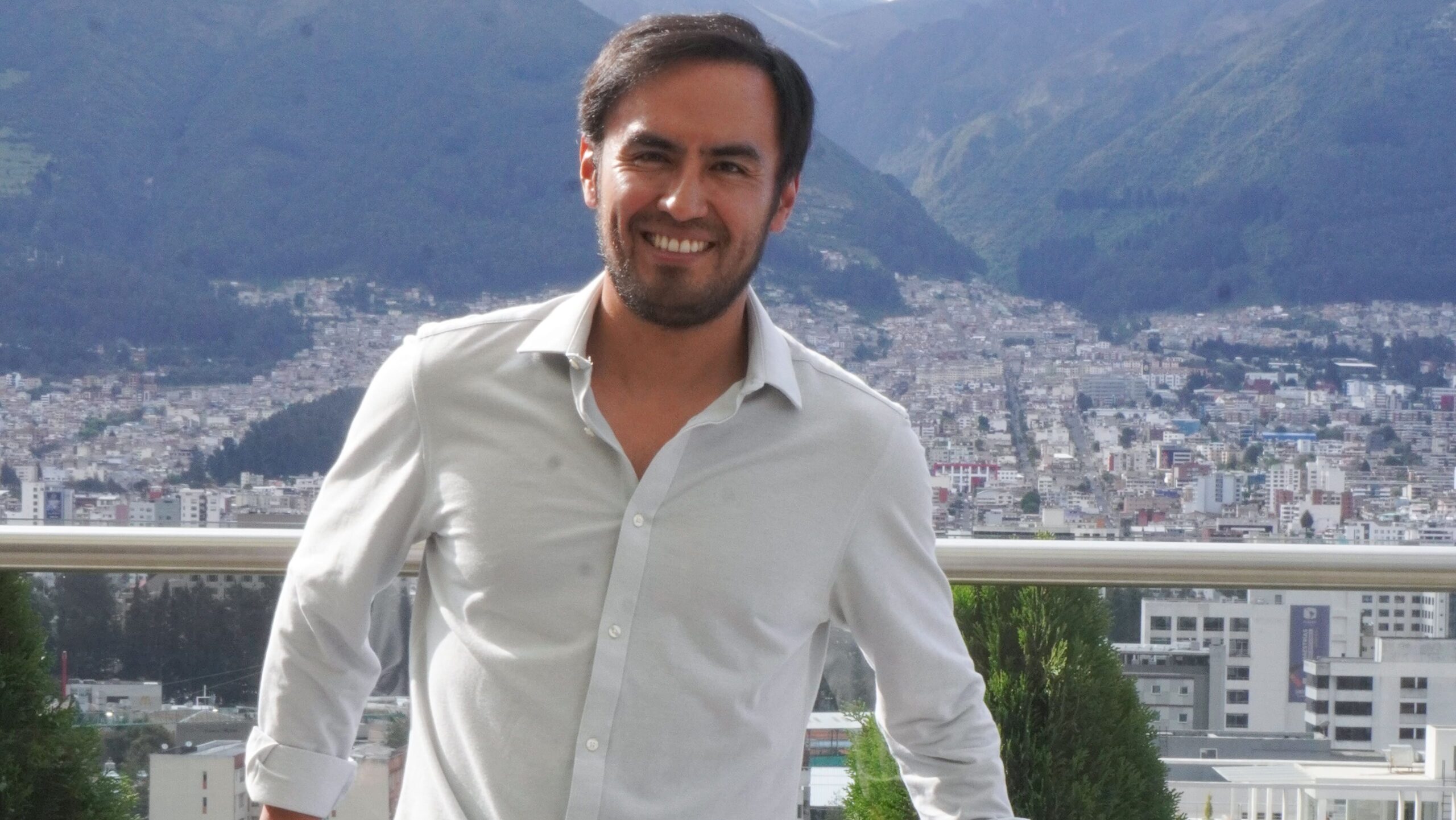
Diana Medina G. – CEO, Online Educational Platform alaU.org.
With an evident conviction, currently educational institutions have focused their efforts on returning to the traditional face-to-face model. Although some of them continue to work with online platforms, these platforms are used solely for registration and communication; What's more, the vast majority of classes were back in person.
In this way, the little or no existence of initiatives to generate hybrid educational plans has been evidenced, which know how to take advantage of face-to-face and technology to improve the learning experience and achieve efficiency in the process, quality of time with the student and inclusion. Then the question arises: are we ready to face the demands of the future, or for a global emergency that will once again shake the current educational system?
Let us remember that in 2020, more than 1.2 billion boys and girls in the world —according to UNESCO— could not attend school due to confinement during the pandemic. The educational systems had to work with a 100% virtual model, in this way the educational gaps were further deepened, mainly due to social inequalities.
However, accompanied by all the setbacks, we witnessed how in Edtech we found great benefits, allowing us to look towards the future of education.
Around the world there are already references to how Edtech is revolutionizing education: Coursera, Udemy or Duolingo, educational platforms with historical user records during the pandemic. Likewise, new Latin American startups with global growth, such as: Crehana, Domestika or Platzi.
In traditional educational models it is not possible to find greater impact and innovation; On the other hand, with the pandemic, good and bad teaching practices were evidenced, where educators —with little or no management or training in technology— had to offer their classes in a new and totally virtual format.
We witnessed how educators who used to present their classes with slides on a projector, now present the same slides by sharing a screen in a zoom room. This was "the adaptation" of the face-to-face to the virtual; in a matter of content creation almost nothing changed. This is just one example of how in many cases —not in all of course— we did not know how to take advantage of technology to improve teaching methods and make them more personalized, attractive, impressive, and efficient.
The experience should be attractive to both the educator and the student, who will always remember and appreciate a positive learning experience. Here it is not only important what I will learn but also how I am going to do it.
Let's start by acknowledging that in order to reach an ideal state, where technology manifests itself as an integral ally for the actors involved in the educational process, we need to address -with relevance and priority- important problems, such as: Internet access, the capacity access to electronic devices for each student member of the family and, of course, training in new technologies applied to education.
Despite this great gap, we have the responsibility to set ourselves the goal of creating or promoting innovative, quality and educational inclusion initiatives.
Our work should not be alien to our current possibilities and actions, for example: the project titled «Ideas for designing a New Affordable Educational Institution» by Abdul Latif Jameel, World Education Lab, MIT published in September 2022 1 . Among some of his proposals, the author suggests that these new educational institutions work with hybrid programs, where they make the most of the content already developed by experts, which is published on the Internet and available for use, thus enhancing the times face-to-face sessions are of quality, more personalized and enriching.
If one of the greatest advantages of technology is to make education more accessible and inclusive, it is worth asking ourselves, why not further enhance these great benefits? If we know that one of the global commitments is to prepare ourselves, as best as possible, for the new challenges of the world of work, education should be based on needs and knowledge transfer to improve skills and that this allows us to adapt to the job profiles that the future requires, in a highly competitive labor market.
Thus, the Edtech industry not only plays a very important role in the history of education, but also constitutes a sector of great opportunities. Increasingly, we see innovative learning processes thanks to the foray into artificial intelligence, gamification, blockchain, data analysis to identify behavior patterns, etc., which promote efficiency, virtual and augmented reality.
These technologies and initiatives make the EdTech industry one of the top 3 sectors with the highest increase in investment in 2021, with almost $500M of EdTech venture capital, which represents more than 6 times the average of the previous five years. It is estimated that the capital deployed in the next decade —towards EdTech— will be up to $150B for Latin America and the Caribbean; This is stated in the report carried out by HolonIQ in collaboration with the Inter-American Development Bank (IDB), entitled "Educational Technology in Latin America and the Caribbean" published in December 2021 2.
This document tells us closely about the high potential that Latin America has regarding advances in educational innovation and investment in EdTech; Therefore, it can be stated with certainty that the future of education builds its foundations and works closely with technology as an ally.
Although one of the main challenges is overcoming resistance to change, the opportunities and impact of EdTech on the development of the population are indisputable. In the words of the same report: “Educational technology (EdTech) is potentially one of the most powerful growth engines for the region, accelerating economic recovery, addressing inequalities, increasing access, and multiplying the support and impact of educational programs.” parents, mentors, teachers and institutions in Latin America and the Caribbean”… It literally invites us to make intelligent movements that align with not only current needs, but also adapted to the new digital era.
3 , Mariano Herrera, PhD in Educational Sciences from the University of Paris, shares an important reflection that, although simple in words, constitutes a valuable clue to where we should aim: “the higher the level of schooling, the lower the probability of poverty”.
It is important to question whether the actions we are currently taking are aimed at improving the educational system; as well as reflect on whether, as educational institutions or key players, we are being responsible with the technology we use to implement educational innovations and achieve poverty reduction. Right now, we know that education and access to it make the difference between achieving or not achieving a society with a better quality of life.
With this vision in mind and considering the impact and potential of EdTech in education, how do we know if we are on the right track? For this, we will have to answer: Is the public sector directing its efforts and budget to improve the quality of education and promote educational innovation? And what about private investment? Are we encouraging the creation of new companies or supporting the growth of innovative educational initiatives?; How committed is the entrepreneurial and technological ecosystem to strengthening and generating opportunities for EdTech startups with high expansion potential? Is the academy taking actions to generate hybrid programs that can serve as models of educational innovation? Are we investing in training for educators, in research, in infrastructure?
As parents, are we encouraging our children to take advantage of the benefits of online education? If we have not done so yet, it is time to rethink the course of our actions and, from our roles, direct ourselves to build proposals that result in more innovations in the educational area. In this way, in the coming years, we will generate a higher quality, accessible and inclusive education. We will work today for the world of tomorrow.



